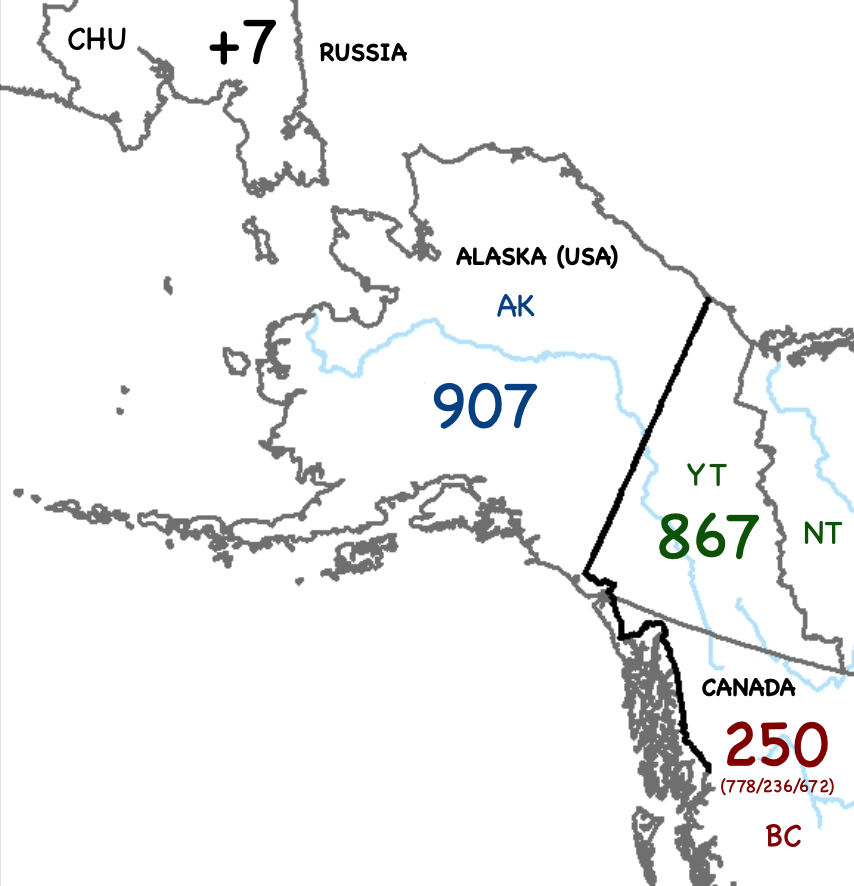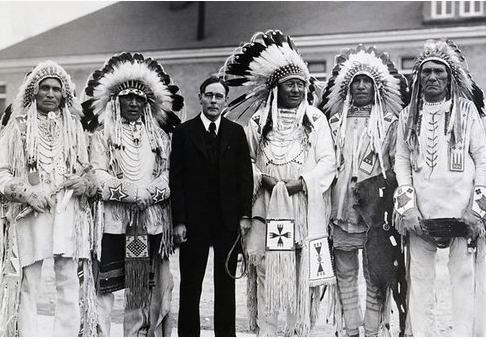|
White Mountain, Alaska
White Mountain ( ik, Nasirvik or Nachirvik) is a city in Nome Census Area, Alaska, Nome Census Area, Alaska, United States. The population was 190 at the 2010 United States Census, 2010 census, down from 203 in 2000. The city is an Iġaluŋmiut (Fish River tribe) Inupiat village, with historical influences from and relationships with Qawiaraq (Mary's Igloo Inupiat and Golovin and Elim Yup’iks. 86.2% of the population is Alaska Native or part Native. Subsistence activities are prevalent. White Mountain is the only village on the Seward Peninsula located inland, not on the ocean. History The area that is present day White Mountain began as the Eskimo fish camp ''Nachirvik'' which means "mountain look-out point." The bountiful resources of both the Niukluk River, Niukluk and the Fish River (Alaska), Fish rivers supported the Native populations there. The community grew with the influx of white prospectors during the Klondike Gold Rush. The first non-Native structure was a wareh ... [...More Info...] [...Related Items...] OR: [Wikipedia] [Google] [Baidu] |
City (Alaska)
Alaska ( ; russian: Аляска, Alyaska; ale, Alax̂sxax̂; ; ems, Alas'kaaq; Central Alaskan Yup'ik language, Yup'ik: ''Alaskaq''; tli, Anáaski) is a U.S. state, state located in the Western United States on the northwest extremity of North America. A enclave and exclave, semi-exclave of the U.S., it borders the Provinces and territories of Canada, Canadian province of British Columbia and the Yukon territory to the east; it also shares a Maritime boundary, maritime border with the Russian Federation's Chukotka Autonomous Okrug to the west, just across the Bering Strait. To the north are the Chukchi Sea, Chukchi and Beaufort Sea, Beaufort Seas of the Arctic Ocean, while the Pacific Ocean lies to the south and southwest. Alaska is by far the list of U.S. states and territories by area, largest U.S. state by area, comprising more total area than the next three largest states (Texas, California, and Montana) combined. It represents the list of country subdivisions by are ... [...More Info...] [...Related Items...] OR: [Wikipedia] [Google] [Baidu] |
Area Code 907
Area code 907 is a telephone area code in the North American Numbering Plan (NANP) for the U.S. state of Alaska, except for the small southeastern community of Hyder, which uses area codes 236, 250, and 778 of neighboring Stewart, British Columbia. Despite having telephone service to the contiguous US via a terrestrial line via the town of Juneau since 1937,AT&T (1974) ''Events in Telephone History'' Alaska was not assigned an area code until after the Alaska submarine cable was opened for traffic in 1956. The Alaska numbering plan area (NPA) was assigned the area code 907 and entered service in 1957. The Alaska numbering plan area is geographically the largest of any in the United States. It is the second-largest in the NANP, and on the entire North American continent behind 867, which serves Canada's northern territories. Because the Aleutian Islands of Alaska cross longitude 180, the Anti-Meridian, 907 may be considered to be both the farthest west and the farthest east ... [...More Info...] [...Related Items...] OR: [Wikipedia] [Google] [Baidu] |
Indian Reorganization Act
The Indian Reorganization Act (IRA) of June 18, 1934, or the Wheeler–Howard Act, was U.S. federal legislation that dealt with the status of American Indians in the United States. It was the centerpiece of what has been often called the "Indian New Deal". The major goal was to reverse the traditional goal of cultural assimilation of Native Americans into American society and to strengthen, encourage and perpetuate the tribes and their historic Native American cultures in the United States. The Act also restored to Indians the management of their assets—land and mineral rights—and included provisions intended to create a sound economic foundation for the residents of Indian reservations. The law did not apply to the territories—including what would become the state of Hawaii, and the state of Alaska—nor did they apply to the state of Oklahoma, which until McGirt v. Oklahoma, the McGirt case was regarded as having dissolved its reservations. In 1936 however, the rights of ... [...More Info...] [...Related Items...] OR: [Wikipedia] [Google] [Baidu] |
Russian Orthodox Church
, native_name_lang = ru , image = Moscow July 2011-7a.jpg , imagewidth = , alt = , caption = Cathedral of Christ the Saviour in Moscow, Russia , abbreviation = ROC , type = , main_classification = Eastern Orthodox , orientation = Russian Orthodoxy , scripture = Elizabeth Bible ( Church Slavonic) Synodal Bible (Russian) , theology = Eastern Orthodox theology , polity = Episcopal , governance = Holy Synod of the Russian Orthodox Church , structure = Communion , leader_title = , leader_name = , leader_title1 = Primate , leader_name1 = Patriarch Kirill of Moscow , leader_title2 = , leader_name2 = , leader_title3 = Bishops , leader_name3 = 382 (2019) , fellowships_type = Clergy , fellowships = 40,514 full-time clerics, including 35,677 presbyters and 4,837 de ... [...More Info...] [...Related Items...] OR: [Wikipedia] [Google] [Baidu] |
Charles D
Charles is a masculine given name predominantly found in English and French speaking countries. It is from the French form ''Charles'' of the Proto-Germanic name (in runic alphabet) or ''*karilaz'' (in Latin alphabet), whose meaning was "free man". The Old English descendant of this word was '' Ċearl'' or ''Ċeorl'', as the name of King Cearl of Mercia, that disappeared after the Norman conquest of England. The name was notably borne by Charlemagne (Charles the Great), and was at the time Latinized as ''Karolus'' (as in ''Vita Karoli Magni''), later also as '' Carolus''. Some Germanic languages, for example Dutch and German, have retained the word in two separate senses. In the particular case of Dutch, ''Karel'' refers to the given name, whereas the noun ''kerel'' means "a bloke, fellow, man". Etymology The name's etymology is a Common Germanic noun ''*karilaz'' meaning "free man", which survives in English as churl (< Old English ''ċeorl''), which developed its de ... [...More Info...] [...Related Items...] OR: [Wikipedia] [Google] [Baidu] |
Fish River (Alaska)
The Fish River (''Iġalugvik'' in Inupiaq) is a waterway in the U.S. state of Alaska. The river rises in the Bendeleben Mountains and flows south to Golovnin Lagoon, before emptying into Golovnin Bay, Norton Sound, and the Bering Sea. The basin formed by the Fish River is known for its placer gold deposits, and in particular, the Niukluk River and its tributaries; production from this tributary valley is reported to be more than from any other place in the region. A galena mine existed from the sea, worked on occasion by a San Francisco corporation with a few hundred tons of ore taken to the city for smelting and refining for silver. Walter Curran Mendenhall found obscure fossils on Fish River at White Mountain. Etymology Its Inuit name was reported in 1838 as ''Ikalikhvik'' meaning "fish (or fish place)" by Aleksandr Filippovich Kashevarov. Various spellings were reported by Western Union Telegraph Expedition in 1865–67. Dall appears to be the first to have applied the ... [...More Info...] [...Related Items...] OR: [Wikipedia] [Google] [Baidu] |
Niukluk River
Niukluk River is a waterway in the U.S. state of Alaska. It rises in the Bendeleben Mountains and, after flowing across a broad valley lowland for about , enters a narrower valley, in which it flows for about . Below the mouth of Melsing Creek, the valley broadens out and merges with that of Fish River, to which the Niukluk is tributary. It receives many tributaries, of which the Koksuktapaga, joining it from the south, is the largest. In Niukluk River itself, gold was found at its head, though most abundant below the mouth of American Creek. Just below the mouth of Ophir Creek, a little gold has been rocked out on the bars. The broad gravel flood plain in this part of the basin is said to be auriferous. Below the mouth of Ophir Creek the river has cut a small rock canyon below an old valley floor, leaving broad benches on either side. These benches are sheeted over by a few feet of gravel. See also *List of rivers of Alaska This is a List of rivers in Alaska, which are at least ... [...More Info...] [...Related Items...] OR: [Wikipedia] [Google] [Baidu] |
Seward Peninsula
The Seward Peninsula is a large peninsula on the western coast of the U.S. state of Alaska whose westernmost point is Cape Prince of Wales. The peninsula projects about into the Bering Sea between Norton Sound, the Bering Strait, the Chukchi Sea, and Kotzebue Sound, just below the Arctic Circle. The entire peninsula is about long and wide. Like Seward, Alaska, it was named after William H. Seward, the United States Secretary of State who fought for the U.S. purchase of Alaska. The Seward Peninsula is a remnant of the Bering land bridge, a roughly thousand mile wide swath of land connecting Siberia with mainland Alaska during the Pleistocene Ice Age. This land bridge aided in the migration of humans, as well as plant and animal species, from Asia to North America. Excavations at sites such as the Trail Creek Caves and Cape Espenberg in the Bering Land Bridge National Preserve as well as Cape Denbigh to the south have provided insight into the timeline of prehistorical migrat ... [...More Info...] [...Related Items...] OR: [Wikipedia] [Google] [Baidu] |
United States Census Bureau
The United States Census Bureau (USCB), officially the Bureau of the Census, is a principal agency of the U.S. Federal Statistical System, responsible for producing data about the American people and economy. The Census Bureau is part of the U.S. Department of Commerce and its director is appointed by the President of the United States. The Census Bureau's primary mission is conducting the U.S. census every ten years, which allocates the seats of the U.S. House of Representatives to the states based on their population. The bureau's various censuses and surveys help allocate over $675 billion in federal funds every year and it assists states, local communities, and businesses make informed decisions. The information provided by the census informs decisions on where to build and maintain schools, hospitals, transportation infrastructure, and police and fire departments. In addition to the decennial census, the Census Bureau continually conducts over 130 surveys and programs ... [...More Info...] [...Related Items...] OR: [Wikipedia] [Google] [Baidu] |
2010 United States Census
The United States census of 2010 was the twenty-third United States national census. National Census Day, the reference day used for the census, was April 1, 2010. The census was taken via mail-in citizen self-reporting, with enumerators serving to spot-check randomly selected neighborhoods and communities. As part of a drive to increase the count's accuracy, 635,000 temporary enumerators were hired. The population of the United States was counted as 308,745,538, a 9.7% increase from the 2000 census. This was the first census in which all states recorded a population of over half a million people as well as the first in which all 100 largest cities recorded populations of over 200,000. Introduction As required by the United States Constitution, the U.S. census has been conducted every 10 years since 1790. The 2000 U.S. census was the previous census completed. Participation in the U.S. census is required by law of persons living in the United States in Title 13 of the United ... [...More Info...] [...Related Items...] OR: [Wikipedia] [Google] [Baidu] |




